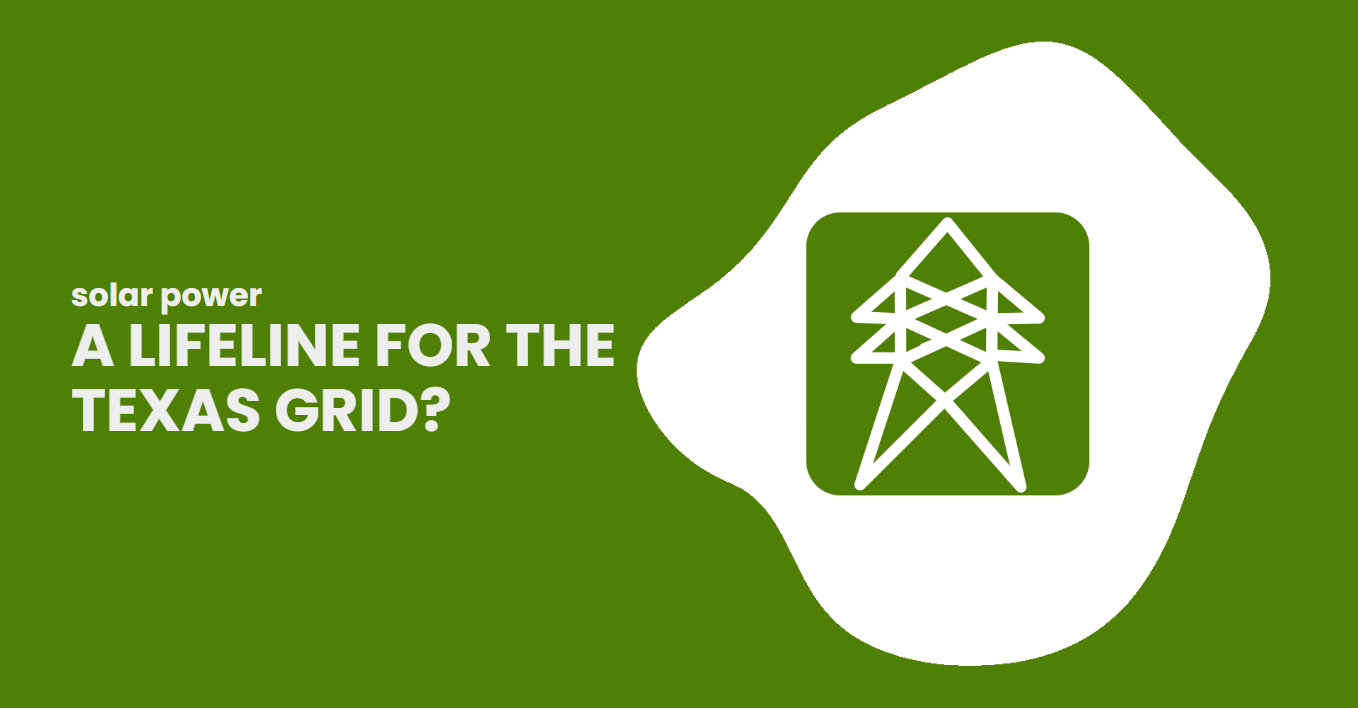Presently, Texas, akin to Toronto, is in the throes of an intense heat wave.
Thanks to solar power, the state’s grid is weathering the storm and keeping the lights on. This robust response from solar power arrives at a crucial juncture when some politicians are advocating for policies that might impede the incorporation of renewable energy into the grid.
Cities across Texas have witnessed record-breaking temperatures, soaring as high as 118 degrees Fahrenheit along the Mexican border. This extreme weather is forecasted to endure throughout the week, providing a glimpse of the even hotter months ahead.
At the heart of a national conversation about transitioning to cleaner electricity sources, the Texas grid has been under scrutiny.
Texas experienced widespread power outages during a powerful winter storm in 2021. The incident ignited a blame game, with Republicans siding with fossil fuel interests pitted against Democrats and environmentalists.
A report by the Federal Energy Regulatory Commission, however, revealed that the primary culprit was the lack of winterization in Texas power plants and gas infrastructure, not renewable energy sources.
Renewable energy, especially solar power, recently came to Texas’ aid amidst soaring temperatures. The Electric Reliability Council of Texas (ERCOT), the entity managing most of the state’s grid, issued its first voluntary conservation notice for the year.
During peak hours, solar and wind energy accounted for almost 20% or more of the electricity, thereby offering price stability and strengthening the grid’s reliability. Since last summer, solar capacity in Texas has increased by about 4.4 gigawatts, significantly bolstering the grid during summer heat waves.
Solar power has proven instrumental in compensating for the power plant outages. Texas encountered 10 GW of outages, marginally below the severe scenario outlined in ERCOT’s summer planning documents. By providing electricity during critical periods, such as peak afternoon hours when demand is high, solar farms helped avert emergency situations and blackouts.
However, the recent heat wave also exposed solar power’s limitations, as electricity demand peaked during evening hours when solar output decreases. Analysts recommend that the grid’s operation needs to be fine-tuned to meet power demand during these evening hours. They also suggest that other clean energy technologies like wind power and short-duration lithium batteries can help fill the gap.
Despite Texas’ focus on expanding natural gas infrastructure to improve grid reliability, analysts propose that adopting better demand management and energy efficiency strategies could be more cost-effective. Updated planning around solar and storage systems, as well as peak demand management, are vital to prevent future outages.
Andrew Dessler, a professor of atmospheric science at Texas A&M University, states that Texas must brace for more extreme weather events as climate change intensifies.
The current heat wave serves as a stark reminder of the challenges that lie ahead for Texas, given the expected global average warming of 3 degrees Celsius.
It emphasizes the urgency of taking action.
The Texas heat wave highlighted the importance of renewable energy in a warming climate.
It underscored the need to invest in resilient infrastructure and revise energy management strategies. The combination of solar power, wind energy, and energy storage solutions can help overcome the challenges posed by extreme weather conditions, promising a more reliable and sustainable electricity system for the future.




